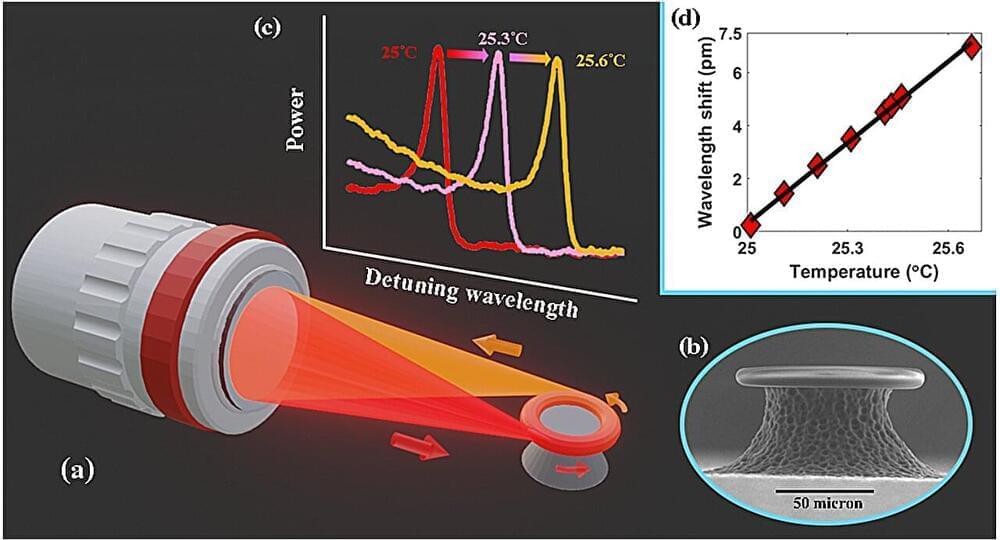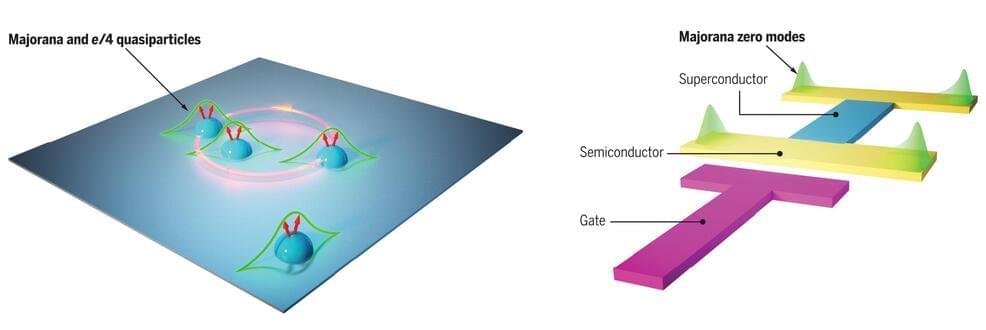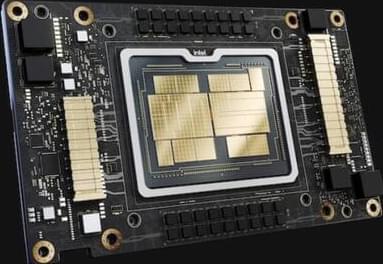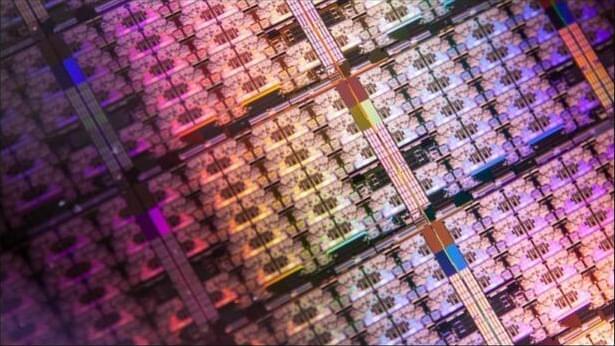May 17, 2024
Scientists Step Toward Quantum Internet With Experiment Under the Streets of Boston
Posted by Shubham Ghosh Roy in categories: computing, finance, internet, quantum physics, security
A quantum internet would essentially be unhackable. In the future, sensitive information—financial or national security data, for instance, as opposed to memes and cat pictures—would travel through such a network in parallel to a more traditional internet.
Of course, building and scaling systems for quantum communications is no easy task. Scientists have been steadily chipping away at the problem for years. A Harvard team recently took another noteworthy step in the right direction. In a paper published this week in Nature, the team says they’ve sent entangled photons between two quantum memory nodes 22 miles (35 kilometers) apart on existing fiber optic infrastructure under the busy streets of Boston.
“Showing that quantum network nodes can be entangled in the real-world environment of a very busy urban area is an important step toward practical networking between quantum computers,” Mikhail Lukin, who led the project and is a physics professor at Harvard, said in a press release.















